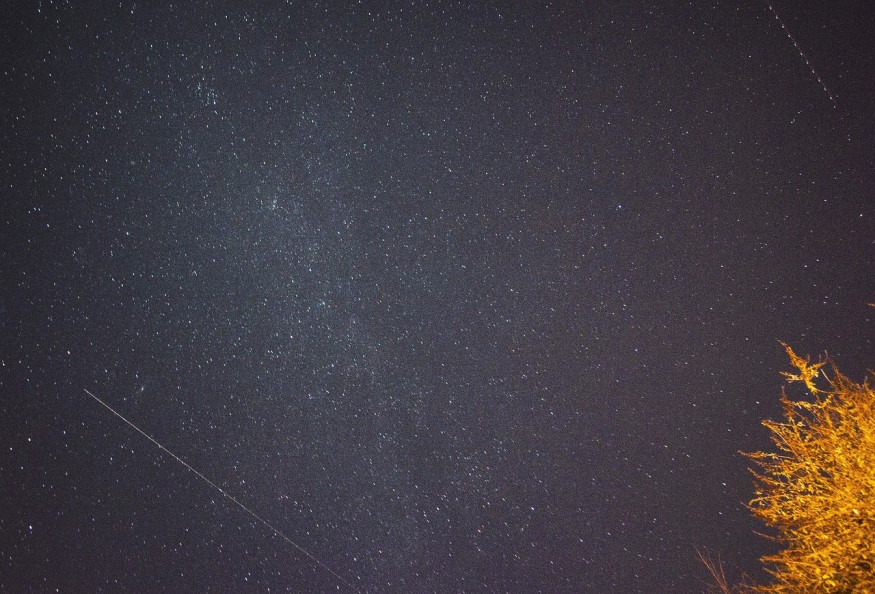
The highlight of last week was the annular "ring of fire" solar eclipse. Now, after this magnificent cosmic event, there are still some wonders in the night sky this week to look forward to.
Oct 16-22, 2023: The Night Sky This Week
Oct 16: Slim Crescent Moon
After sunset, skywatchers can face southwest and possibly catch the remarkably thin crescent Moon, which will only be illuminated by 5% during this time.
To catch the sight of the crescent Moon, it is best to use binoculars when examining the night sky horizon.
Oct 17: Antares Approach of Crescent Moon
On Tuesday, one can face southwest when it turns dark to catch sight of a waxing crescent Moon, which will be 10% illuminated, nearing the supergiant Antares star, which is the Scorpius constellation's brightest star.
The Antares star, which is roughly 500 light years away from the Earth's solar system, is usually called the "heart of the scorpion" because of its red hue. It is situated at the Scorpius constellation's center.
ALSO READ : Orionid Meteor Shower Begins To Light Up the Sky as Halley's Comet Nears Solar System Return
Oct 18: Earthshine on the Moon
By this time, the crescent Moon will be 18% illuminated. It will be extremely near the Antares star.
With this, one should be able to witness Earthshine over the Moon, which happens when the sunlight from the ice and ocean of the Earth gets reflected into the night side of the Moon.
Earthshine refers to the dim glow over the crescent Moon from the full Earth. During the crescent Moon phase, a full Earth gets visible from the night sky of the Moon. This full Earth will end up illuminating the surface of the Moon, leading to earthshine.
Oct 21: Peak of Orionid Meteor Shower
The Orionids meteor shower takes place from September 26 all the way to November 22. Those who stay up from Friday all the way to Saturday may be able to witness its peak, wherein 10 to 20 shooting stars will be blazing through the night sky every hour.
Conditions for viewing the meteor shower this year will not be too bad, as the Moon will be illuminated by 37% by the time the Orionids peaks. There were times when the Orionids led to great displays of 80 meteors blazing per hour. However, recently, the meteor shower has fostered modest displays.
Skywatchers from both the Southern and Northern hemispheres can witness the spectacular cosmic event.
The Orionids meteor shower is one of the two different annual meteor showers that are caused by a huge ball of snow. The meteor shower is mainly caused by the debris and dust left by Halley's Comet's inner solar system.
The last time that Halley's Comet was seen inside the inner solar system was 1986. By December 2023, the comet will be at its farthest from the Earth before starting its journey towards orbiting the Sun in 2061.
Check out more news and information on Space in Science Times.












